‘He who controls the Spice, controls the universe’ is what Denis Villeneuve’s Dune: Part Two opens with, courtesy of Stellan Skarsgård’s Baron Vladimir Makonnen. But the film later takes that sentiment and raises the stakes, as he who controls millions of religious fanatics under a ‘false’ prophecy, controls the universe. Dune: Part Two raises the scale and stakes of Villeneuve’s revolutionary 2021 adaptation of Frank Herbert’s monolithic novel. Villeneuve ups the grandeur of the battles, deepens the exploration of prophecy and religious insurgency, and takes audiences on an adventure to beautifully unique planets in a perfect showcase of his craft as a filmmaker.
Dune: Part Two wastes no time throwing audiences into its methodically planned action. Paul Atreides awakens in the sand surrounded by Fremen, as they stalk their pursuers, the soldiers of House Harkonnen, into a sandy death trap. While minor in its consequence and threat, the scene acts as a reminder that Villeneuve doesn’t do genre in half measures, and reassures audiences that Dune: Part Two will dive head first into the technologies that shape the universe its characters inhabit. Watching the fully realised cultures and their survival dependant innovations feels as impressive as witnessing the deep lore of the early Star Wars films play out on screen for the first time.
It should go without saying, as is expected with any Denis Villeneuve film, that Dune: Part Two is absolutely beautiful. Villeneuve, alongside DOP Grieg Fraser, somehow adds further visual depth to the planet of Arrakis as the Fremen culture is expanded, and divided, by the northern and southern tribes. After an Uber ride on a giant sandworm, through a storm reminiscent of the visual spectacle of Mad Max: Fury Road, audiences are shown the never ending sandscape that comprises the far side of the planet, which the Harkonnen ignorantly consider uninhabitable. Exemplified in the first film, Villeneuve’s commitment to shooting on location convinced audiences that Arrakis could be a real planet, and his decision to continue this trend in the sequel adds further weight to the planet’s barren half.
Understanding there is only so much you can do with sand, Villeneuve also takes audiences off-planet to two new locations. The first, and more mundane is Kaitan, home to Christopher Walken’s ‘Emperor’ and his Bene Gesserit Daughter (Florence Pugh). We aren’t actually shown much of Kaitan, only what exists in the confines of the Emperor’s modest residence. Even so, Villeneuve pours his heart and soul into every detail of the location, despite knowing it only appears in about two main scenes, as the palace is a showcase of stunning, minimalist architecture. Then there is the showcase piece, Giedi Prime, the home planet of House Harkonnen. The black, brutalist architecture is accentuated by Villeneuve’s use of infrared cameras to kill any semblance of colour under the planet’s sun. This comes to its zenith in the incredible arena fight, where we are first introduced to Austin Butler’s aggressively bald, and aggressively aggressive Feyd-Rautha – who makes for a stark visual change from Sting’s codpiece and red hair.
Related Post
Inside The Creator’s Beautifully Original Cinematography
The Creator features some of the best CGI and stunning cinematography from an original sci-fi film in years, but how did Gareth Edwards achieve such beauty whilst shooting on location?
Read More…As expected from such a stellar ensemble cast, there isn’t a bad performance in sight. The original cast follow the natural continuation of their character’s arcs in their consistent performance, and the new comers don’t feel intimidated by the sheer scope of the storytelling, but build on what Villeneuve has presented. Butler exemplifies the violent psychosis of Feyd-Rautha in his unsettling stare, Florence Pugh brings a calculatedness expected with any member of the Bene Gesserit, and even Christopher Walken lets the character take control – with many fans initially sceptical of his casting, believing the actors own quirks would distract from his actual performance. The star of the show is undoubtedly Zendaya’s reprisal of Chani, the Fremen foot soldier who starts as the audiences foothold into Fremen culture, and later digresses into the story’s true victim.

The film’s only true shortcoming isn’t from the film’s content, but its marketing. During the build-up, to appease those who complained about the first movie being ‘boring,’ Villeneuve repeatedly assured audiences that Dune: Part Two is a ‘War Movie’ and will up the action from its predecessor. While there is certainly more action in the sequel, the film’s dedication to putting its themes of messianic figures and the people that give them power detracts from its attempts to truly be considered a war film. However, it can be argued that Dune: Part Two is a war film, just through an alternative lens. As audiences become accustomed to the Fremen, Chani’s lens shifts to representing the true victims of wars led by great rulers, Barons, Lords, and religious figures… the common people. This isn’t a new perspective for war films to take, but the feelings of betrayal felt by Chani’s shift as Paul’s equal to his victim helps cement the themes success.
Dune: Part Two is a landmark for modern science-fiction and cements the franchise as the current monolith of modern sci-fi cinema. Villeneuve’s mastery of the craft is evident in every moment from the overtly stunning cinematography to the subtle sound design, and is vital to add the necessary weight to make such a film possible. Watching the scale and craft of the film on screen felt reminiscent of what 70s audiences discuss when bragging about watching Star Wars: A New Hope in cinemas on opening weekend.

Dune: Part Two
Villeneuve’s craft as a filmmaker cements the film as the current benchmark for sci-fi cinema!
Dune: Part Two is currently screening in cinemas.



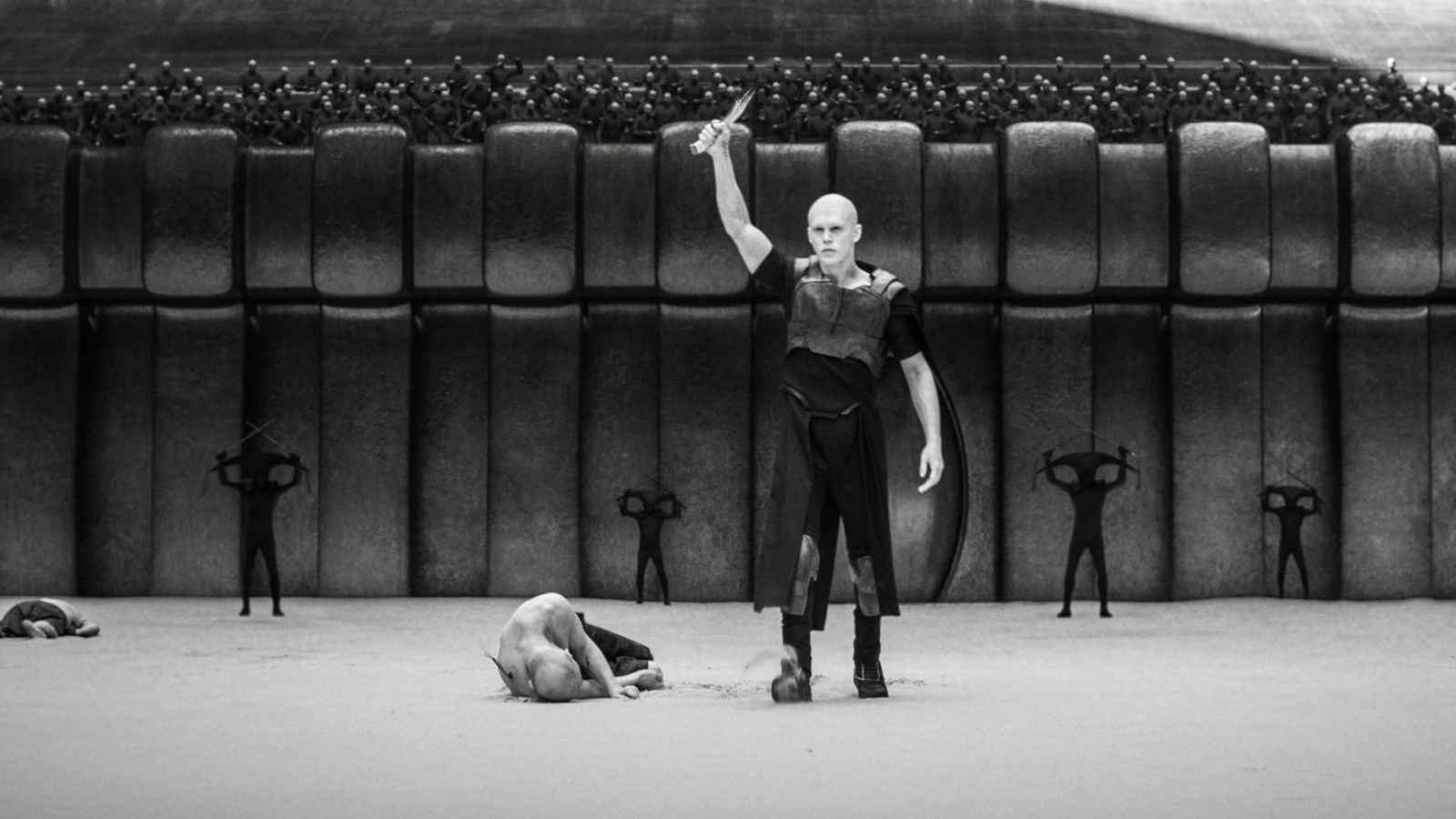



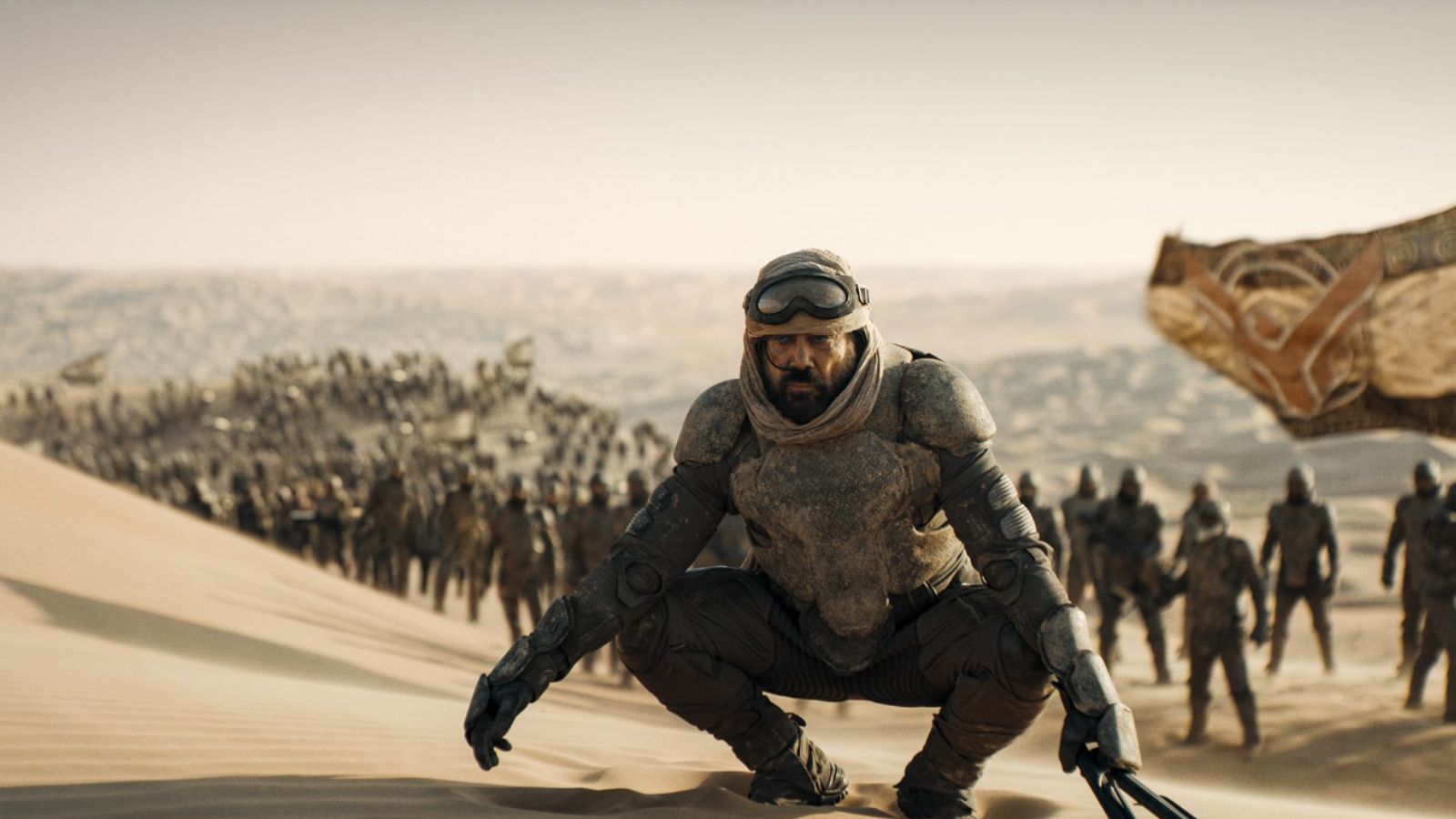

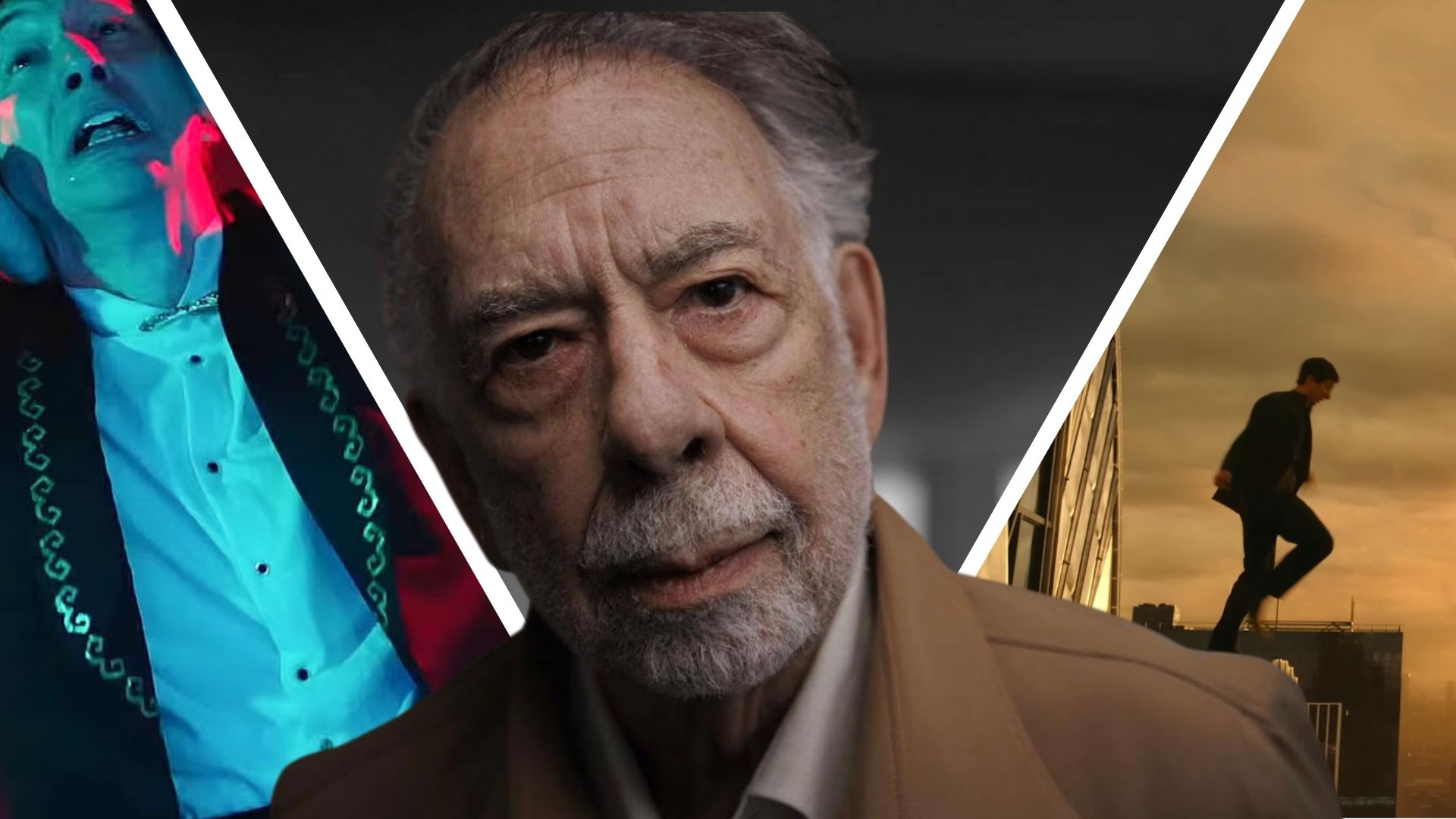










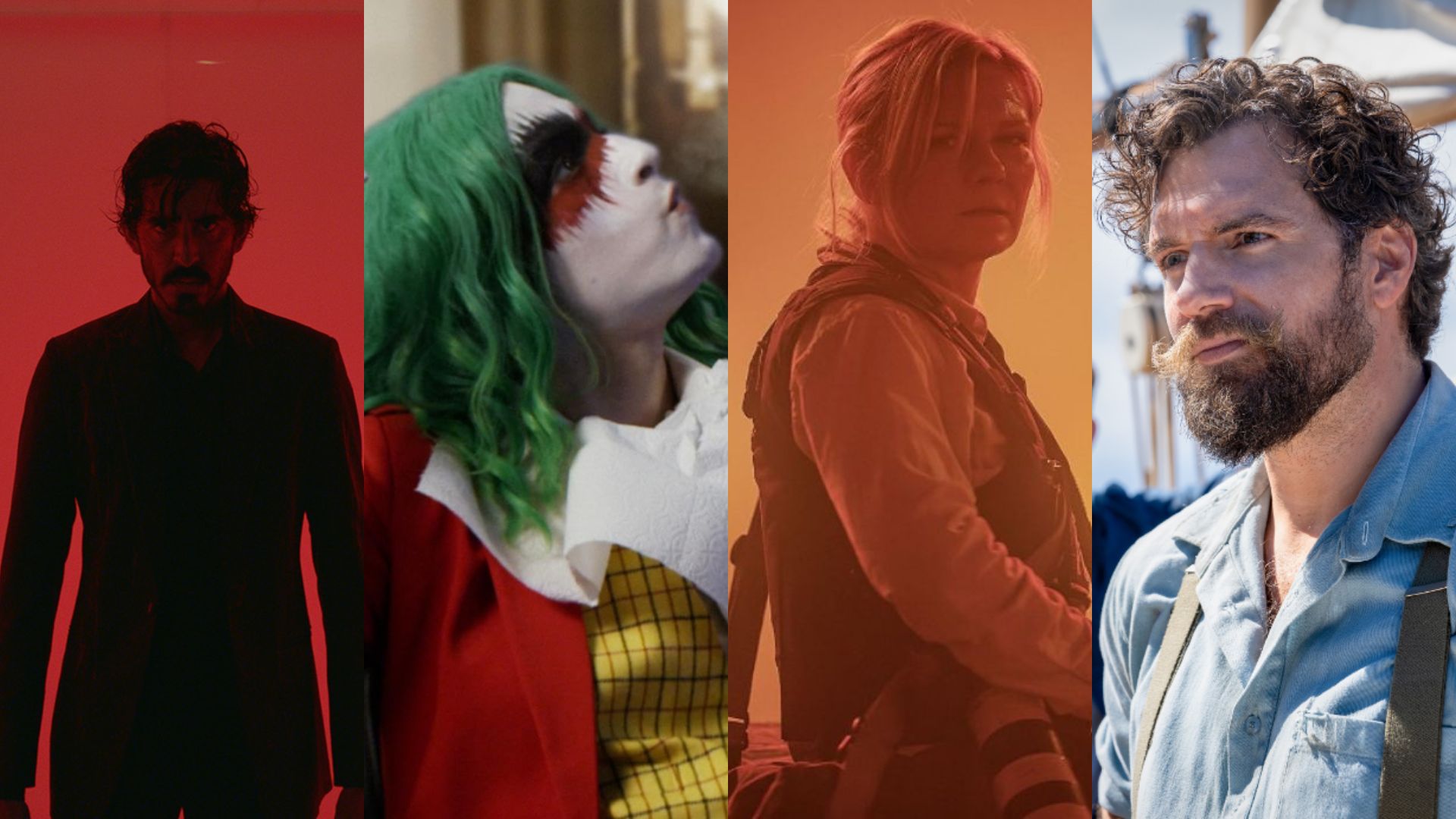

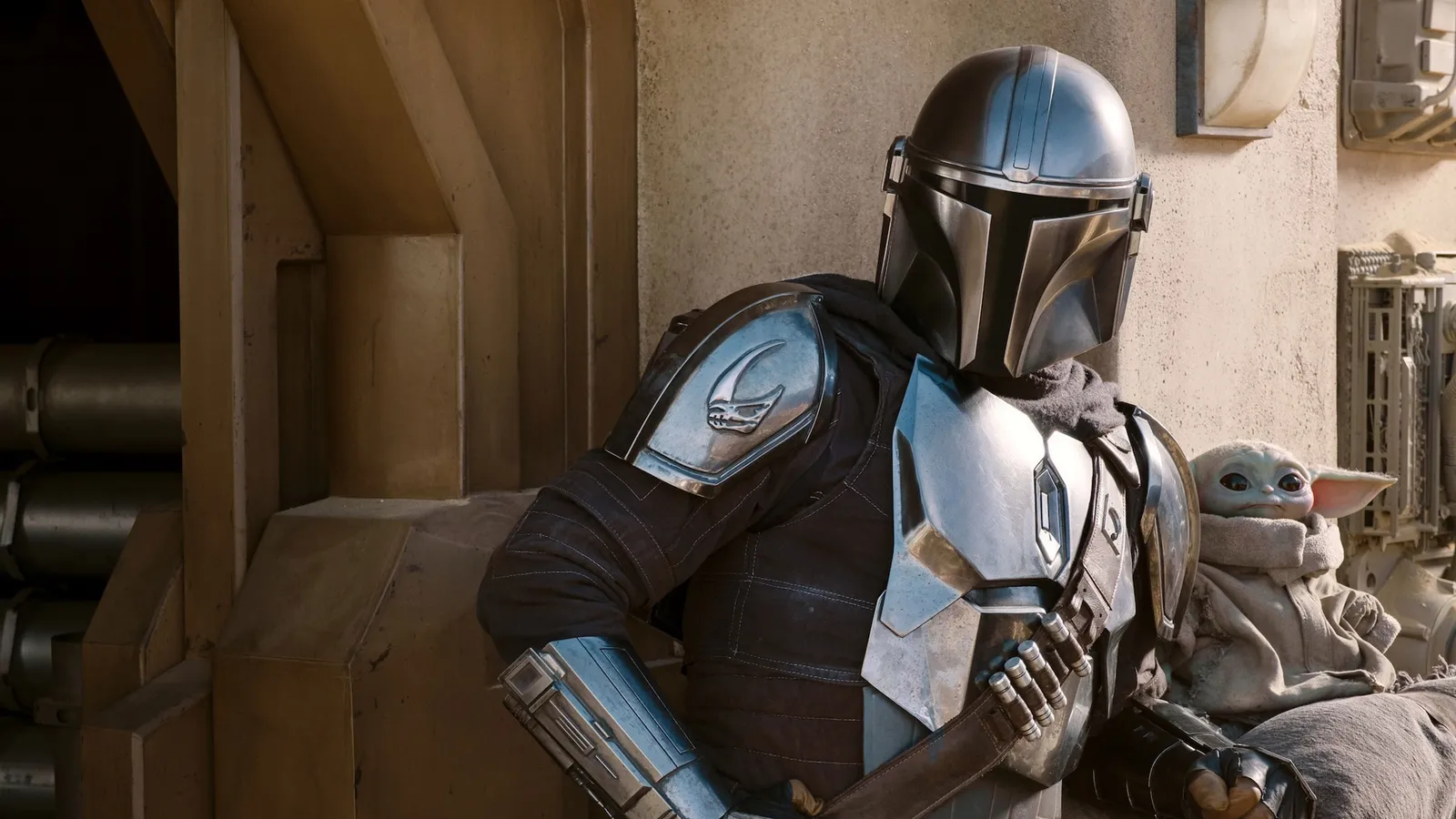
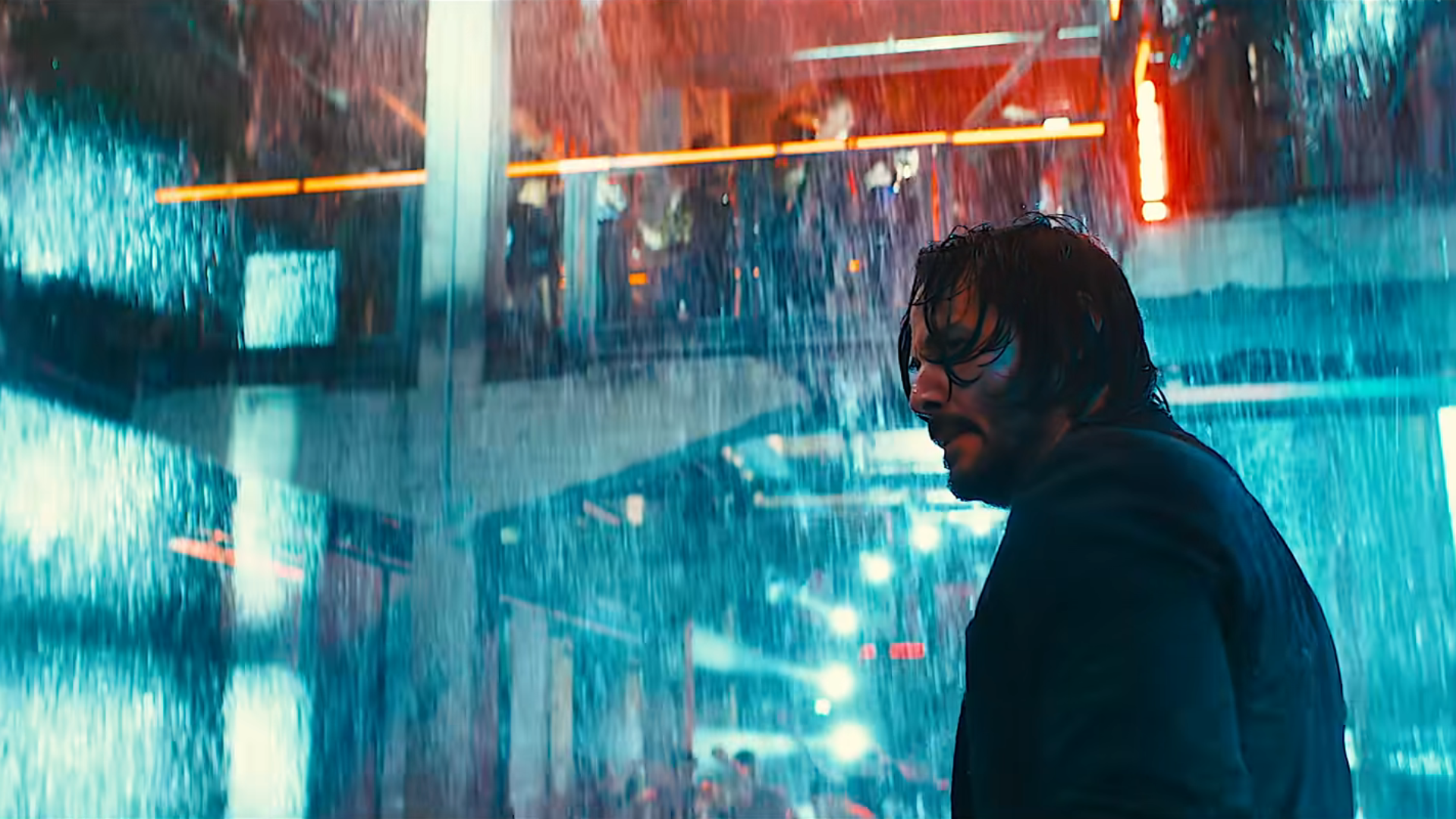


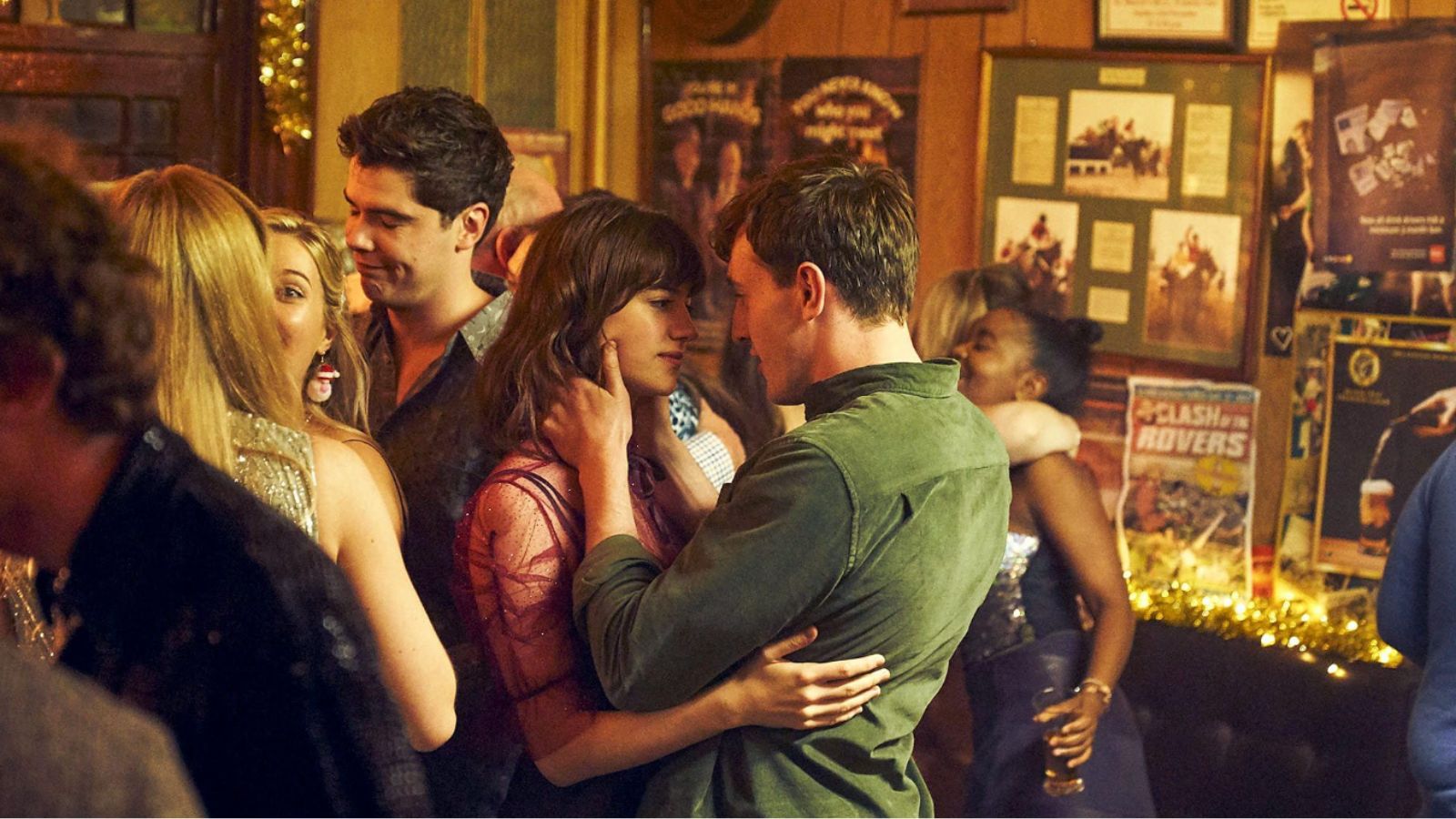

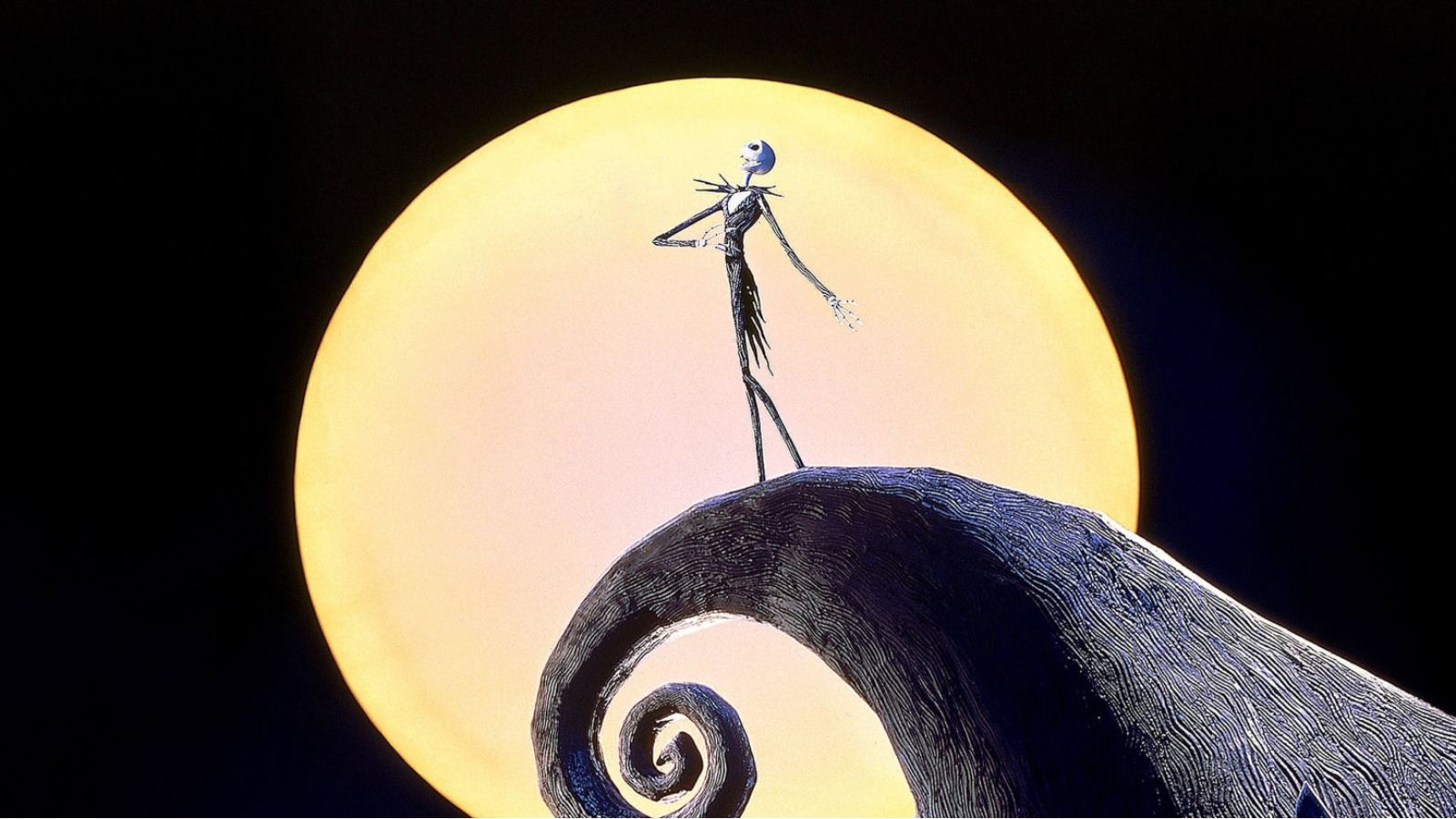


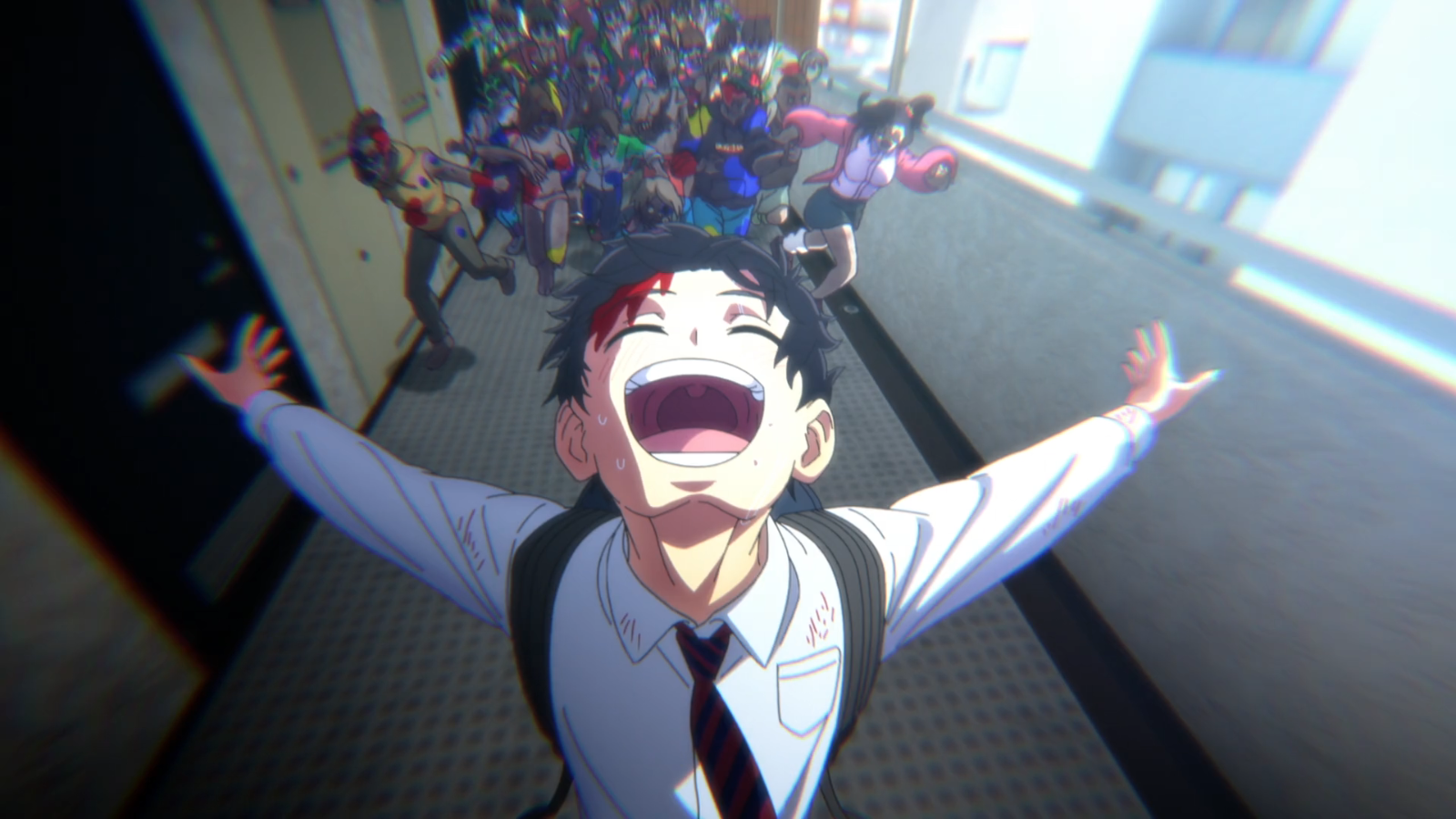
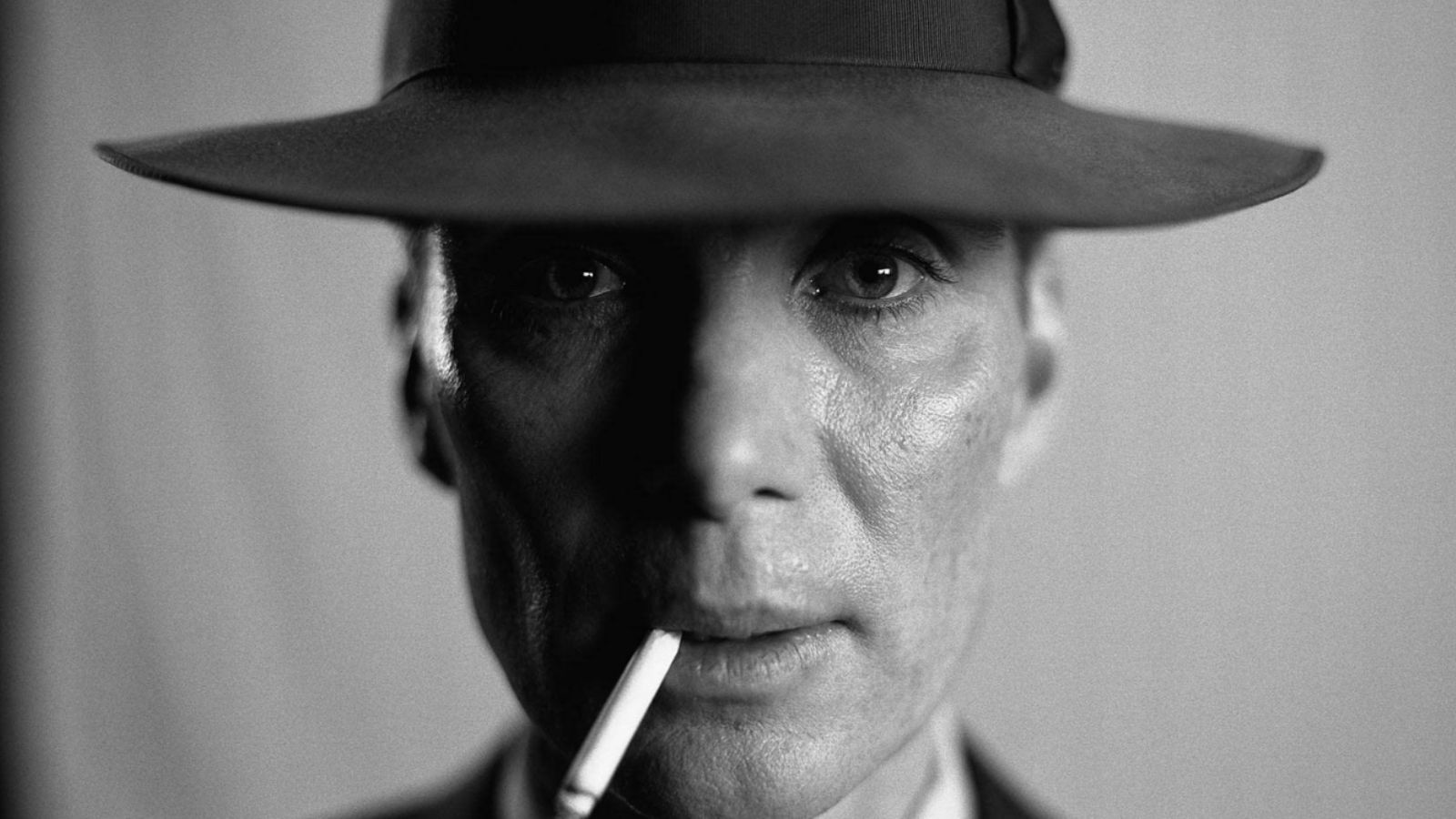
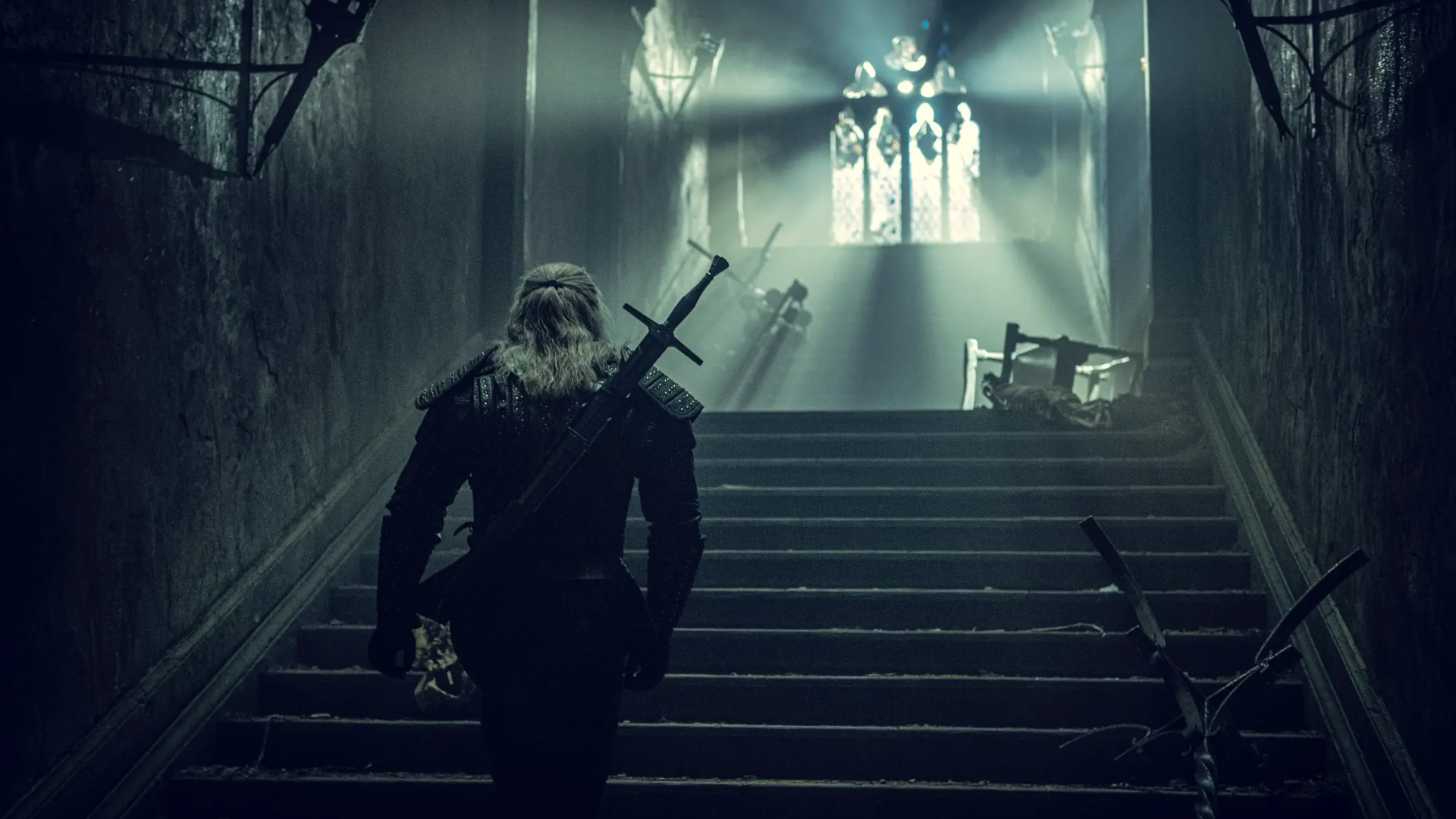


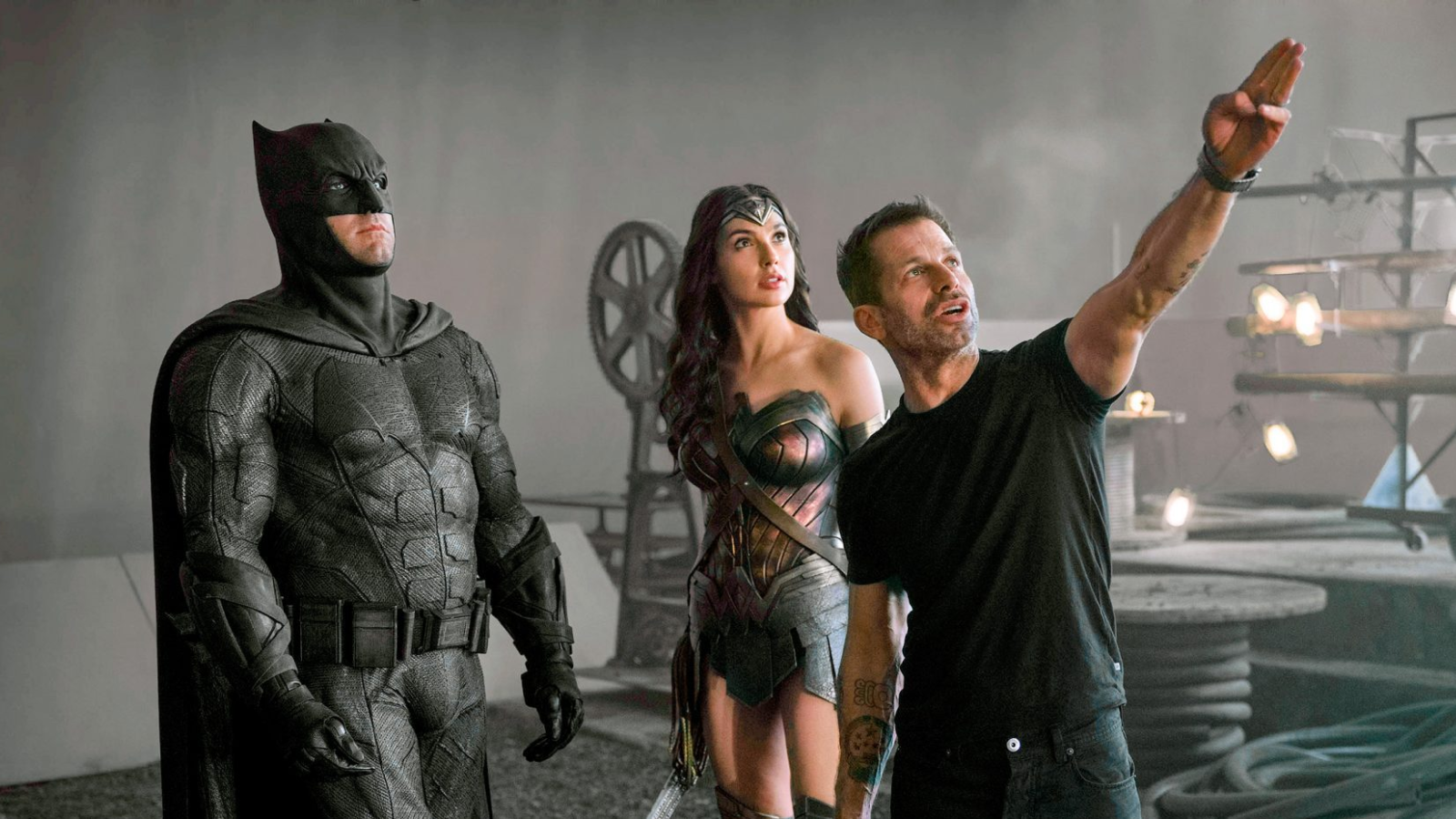


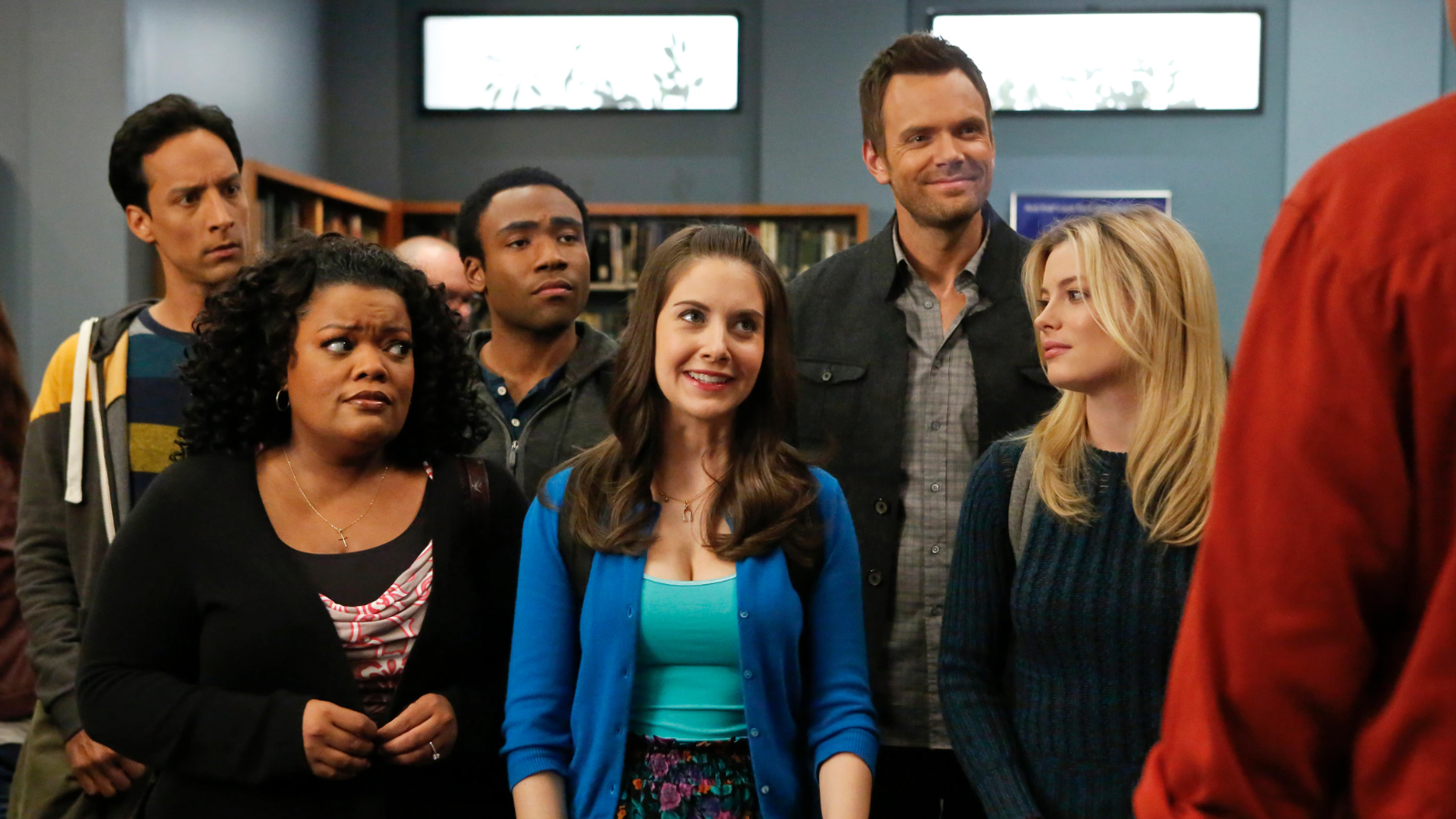
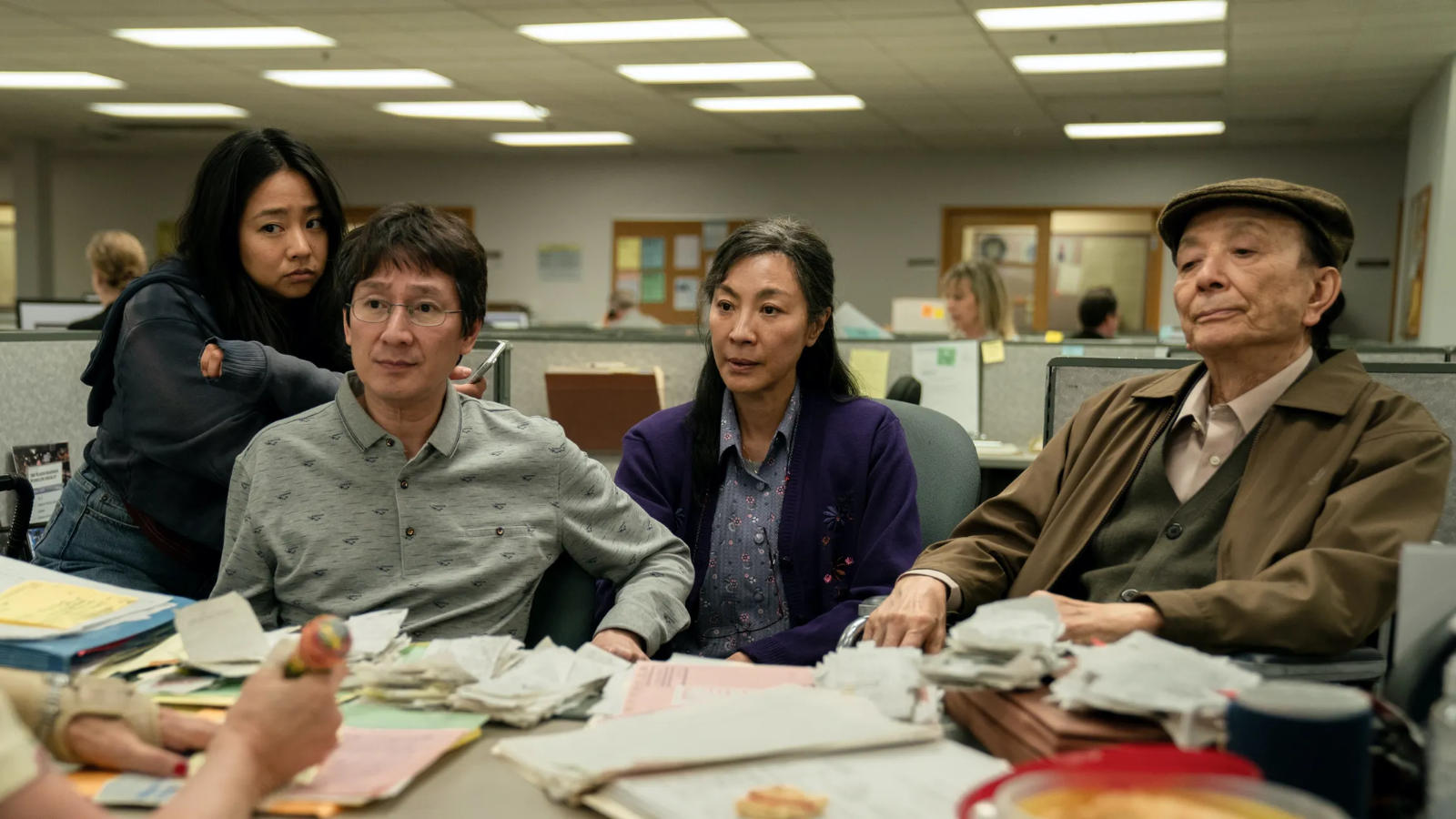


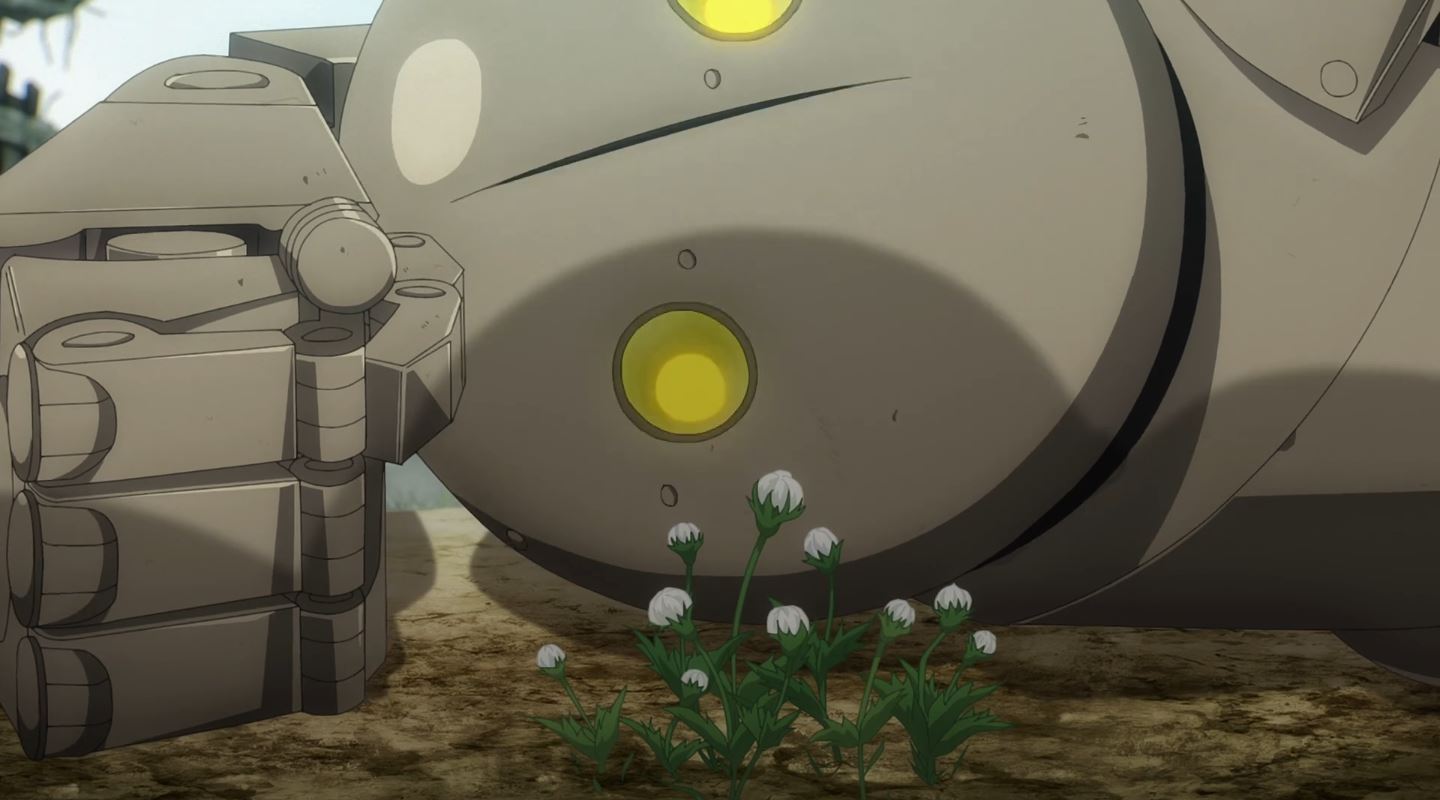
Leave a comment